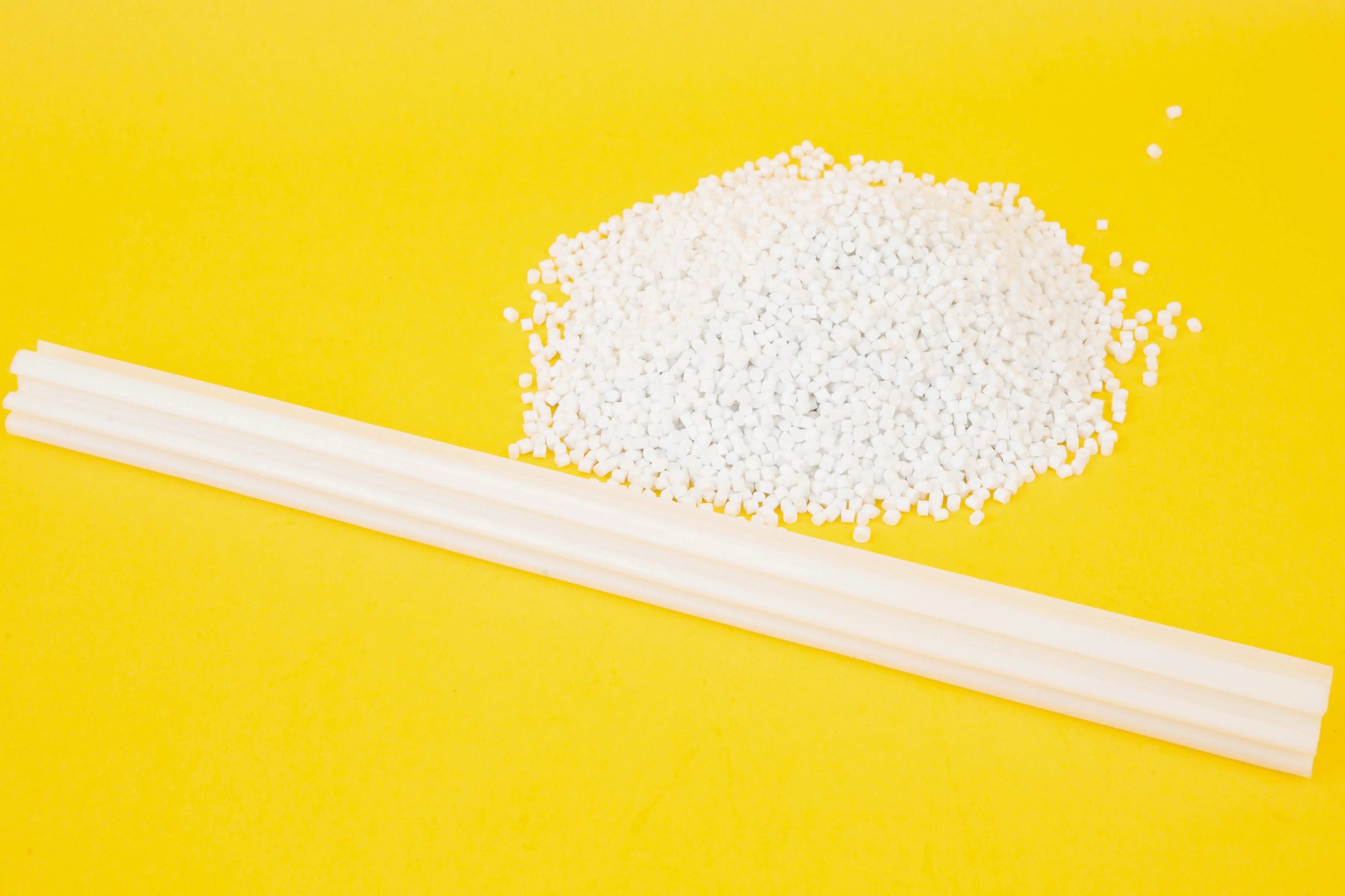The Leading Exporters of TPE Elastomers: A Deep Dive into Global Trade Dynamics
Having spent over a decade in the polymer industry, specifically within the thermoplastic elastomers sector, I have witnessed firsthand the dramatic shifts and growing complexities of the global TPE market. It is a world that is both incredibly technical and intensely practical, where material science meets real-world application in everything from your car’s weather seals […]
The Leading Exporters of TPE Elastomers: A Deep Dive into Global Trade Dynamics Read More »









